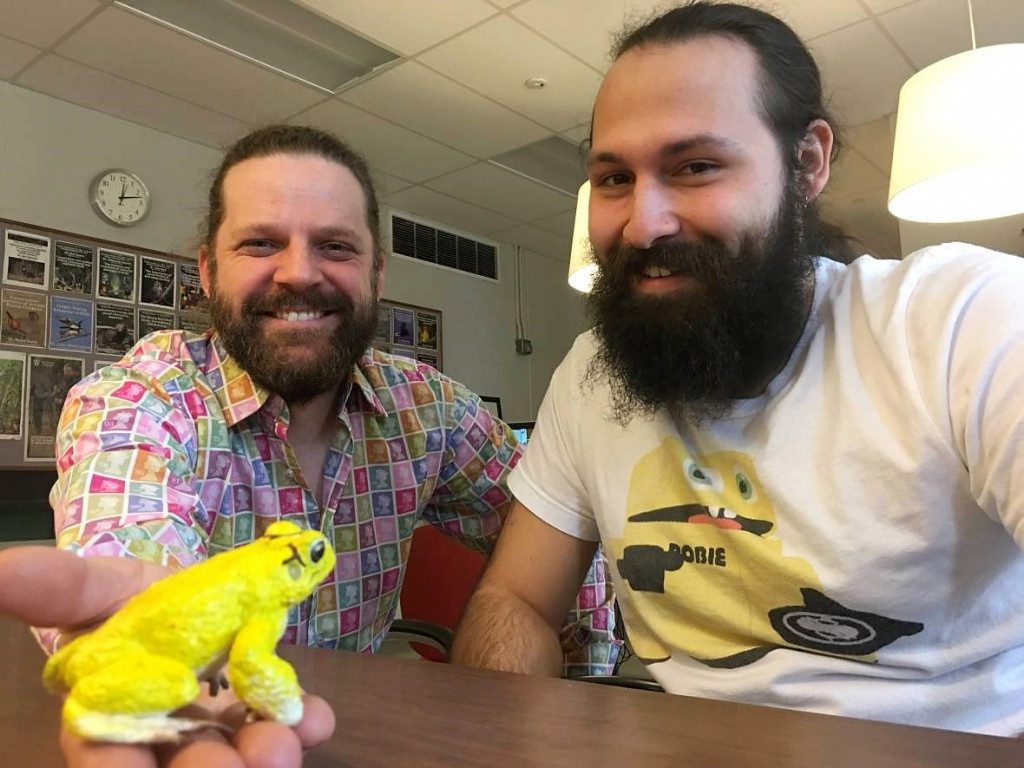A team of behavioral ecologists out of the University of Windsor, Canada, studies the mating habits of color-changing toads in Costa Rica using RoboToads — 3D printed, motorized replicas.
As most of us know, attracting a mate is no simple task. How do you bring attention to yourself without being too obvious? A species of toad in Central America has it figured out: Just change color!
Daniel Mennill and Stéphanie Doucet, behavioral ecologists out of the University of Windsor, first came upon the amphibians many years ago while studying birds in Costa Rica. Completely by accident, they noticed that some of the toads were changing color, from brown to yellow, and only for one day.
The husband-and-wife duo later determined that only the males change during the species’ one-day breeding “season”. In order to learn more about these peculiar mating habits, their research team recently developed RoboToads, which are 3D printed, motorized replicas.
The objective of the project is to answer the question, How do you pick a good lemon? To be (slightly) more academic, how do female toads select a partner from a seemingly uniform sea of yellow?
The process of creating the RoboToads is actually quite complex. Early efforts were little more than a creative outlet, as explained by Lincoln Savi, Mennill’s and Doucet’s graduate student:
“They’re like so cool, the yellow toads, that I kind of wanted to have one, but can’t. So I made my own, and once I had a super realistic model it was like, ‘Hey we could actually do science with that.’”
How to Fool a Toad
The first replicas, made of plasticine and clay, just didn’t cut it, so the team turned to 3D modeling and printing. Savi began with photogrammetry, a method of generating 3D models by stitching together multiple 2D photos. Easier said than done, unfortunately:
“I only got 11 photos before he moved,” says Savi. “I couldn’t get any photos of his underside and he was in some leaves, so there was some geometry hidden by leaves.”
Savi sculpts hidden aspects after the rest of the toad is 3D printed, with painting and robotics to follow. In fact, adding the mechanics is the easiest part. Savi elaborates:
“I used some programmable microprocessors and some servos and just made a simple program that chooses a random angle and makes the toad move there.”
Soon Savi’s knot of toads — yes, knot is the proper term — will be put into action. The window for testing is small, as the living counterparts only mate at the very start of Central America’s six-month rainy period. Thus the team is already in Costa Rica, waiting for the first drops to fall.

Website: LINK
Schreibe einen Kommentar
Du musst angemeldet sein, um einen Kommentar abzugeben.